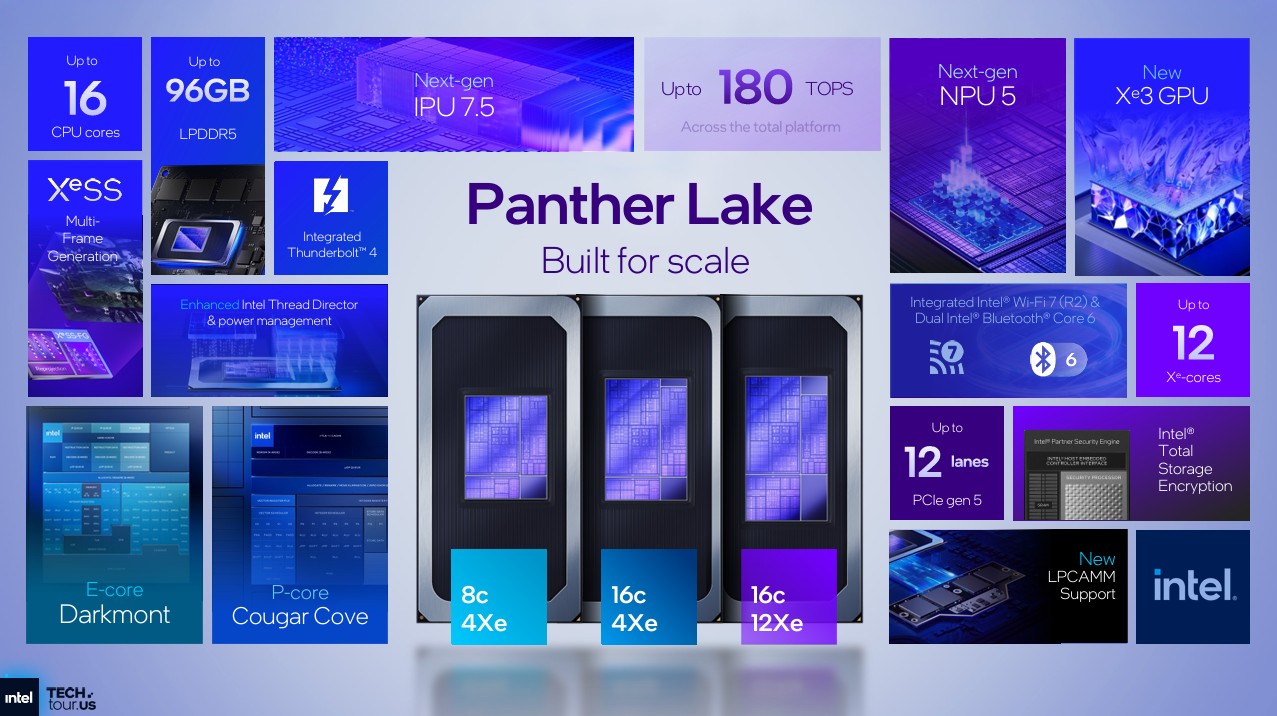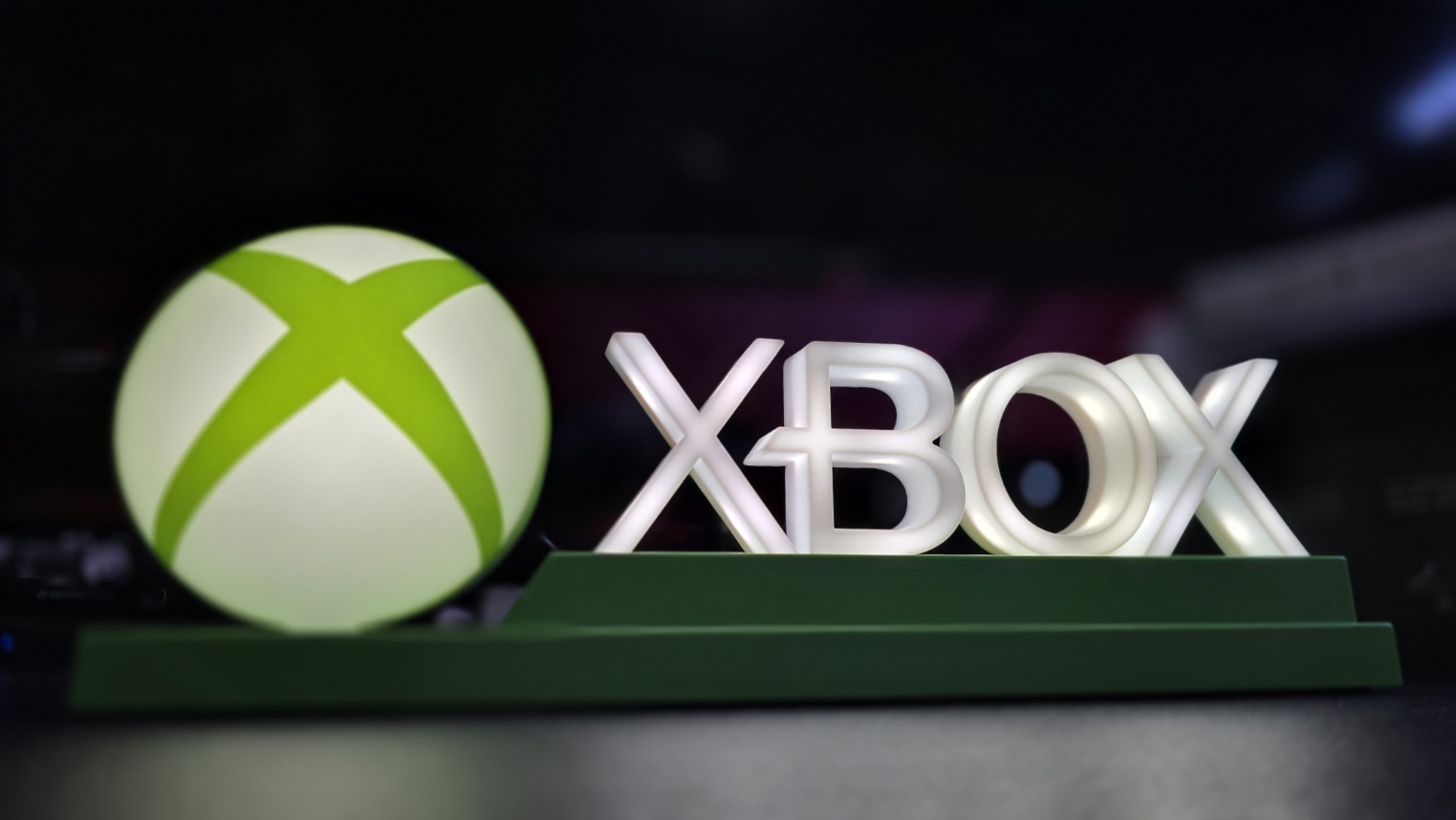What is Intel Panther Lake? Everything you need to know about Intel Core Ultra (Series 3)
Intel Panther Lake is on the way to a laptop near you as Intel Core Ultra (Series 3), and there's a lot packed into these next-gen chips.
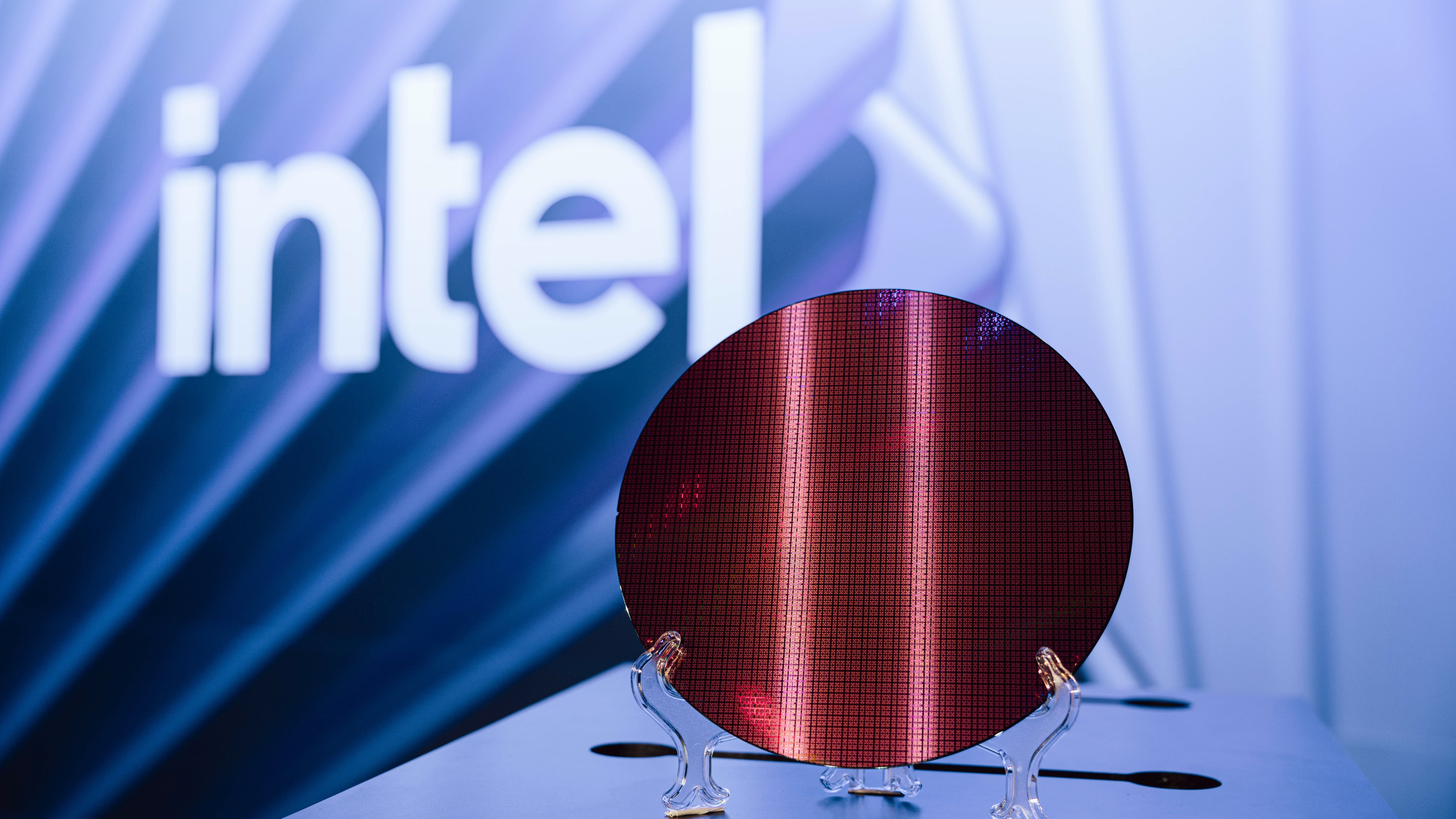
Intel is one of the biggest semiconductor players in the world, so every new generation of chipsets is bound to make a big splash. The latest, codename "Panther Lake," is a major launch even by Intel standards, thanks to an ambitious suite of upgrades and improvements.
Built on a brand-new processing node with some truly game-changing technologies, Intel Panther Lake is coming — and when it arrives, we'll all know it as Intel Core Ultra (Series 3). The latest Intel Core Ultra generation promises to be an exciting one, and there's a lot to discuss with it.
I've written about Panther Lake and what makes it exciting. I've covered my tour of the factory that makes Panther Lake possible. I've detailed the brand-new GPUs being paired with Panther Lake. I've even considered the future of gaming handhelds with Panther Lake inside. Well, now you can get all that information in one place — here's everything you need to know about Intel Core Ultra (Series 3).
Oct. 9, 2025 — Completely rewritten now that Intel has spilled all the details on Intel Core Ultra (Series 3), codenamed "Panther Lake."
What is Intel Panther Lake?
"Panther Lake" is the codename for the next generation of Intel's mobile-focused chips, a modular and scalable platform designed for a wide variety of client and edge devices, including ultrabooks, 2-in-1s, gaming laptops, mobile workstations, and more. Panther Lake chips will fall under the Intel Core Ultra (Series 3) umbrella, and deliver performance, efficiency, AI, memory, and connectivity upgrades compared to the last generation.
When will Intel Core Ultra (Series 3) release?
Intel Core Ultra (Series 3) devices are expected to be announced in early 2026, possibly during the Consumer Electronics Show (CES) in January, with actual releases in the following weeks and months. We expect Intel to announce specific SKUs for the Panther Lake platform around the same timeframe.
Will Intel Panther Lake also come to desktop devices?
Panther Lake combines the best of Lunar Lake and Arrow Lake platforms, but is designed with mobile devices in mind. Intel is planning a desktop-specific family of chips built on the same technologies, which falls under the "Intel Nova Lake" codename. We expect to see Nova Lake later in 2026.
What are Intel Panther Lake's specifications?
Intel hasn't revealed all the specific SKUs that will be released on the Panther Lake configuration, but we do know the three main configurations. You can find all of those specs below.
Feature | Panther Lake 8-core | Panther Lake 16-core | Panther Lake 16-core 12Xe |
|---|---|---|---|
Architecture | x86 | x86 | x86 |
Processing node | Intel 18A, 2nm | Intel 18A, 2nm | Intel 18A, 2nm |
Performance cores | 4x Cougar Cove P-cores | 4x Cougar Cove P-cores | 4x Cougar Cove P-cores |
Efficiency cores | N/A | 8x Darkmont E-Cores | 8x Darkmont E-Cores |
Low-power efficiency cores | 4x Darkmont LP E-cores | 4x Darkmont LP E-cores | 4x Darkmont LP E-cores |
Graphics Processing Unit | 4x Xe3 cores, 4x ray-tracing cores | 4x Xe3 cores, 4x ray-tracing cores | 12x Xe3 cores, 12x ray-tracing cores |
Neural Processing Unit | Intel NPU 5, up to 50 TOPS | Intel NPU 5, up to 50 TOPS | Intel NPU 5, up to 50 TOPS |
Image Signal Processing Unit | Intel IPU 7.5, 3x concurrent cameras, staggered HDR | Intel IPU 7.5, 3x concurrent cameras, staggered HDR | Intel IPU 7.5, 3x concurrent cameras, staggered HDR |
Memory support | Up to 96GB LPDDR5x @ 6,800 MT/s, up to 128GB DDR5 @ 6,400 MT/s, 8MB side cache, LPCAMM module support | Up to 96GB LPDDR5x @ 8,533 MT/s, up to 128GB DDR5 @ 7,200 MT/s, 8MB side cache, LPCAMM module support | Up to 96GB LPDDR5x @ 9,600 MT/s, 8MB side cache, LPCAMM module support |
PCIe lanes | 8x PCIe Gen4, 4x PCIe Gen5 | 8x PCIe Gen4, 12x PCIe Gen5 | 8x PCIe Gen4, 4x PCIe Gen5 |
Wireless connectivity | Wi-Fi 7 (R2), Bluetooth Core 6.0 | Wi-Fi 7 (R2), Bluetooth Core 6.0 | Wi-Fi 7 (R2), Bluetooth Core 6.0 |
I/O support | Up to 4x Thunderbolt 4, 2x USB 3.2, 8x USB 2.0 | Up to 4x Thunderbolt 4, 2x USB 3.2, 8x USB 2.0 | Up to 4x Thunderbolt 4, 2x USB 3.2, 8x USB 2.0 |
What is Intel 18A, and why is it important for Panther Lake?

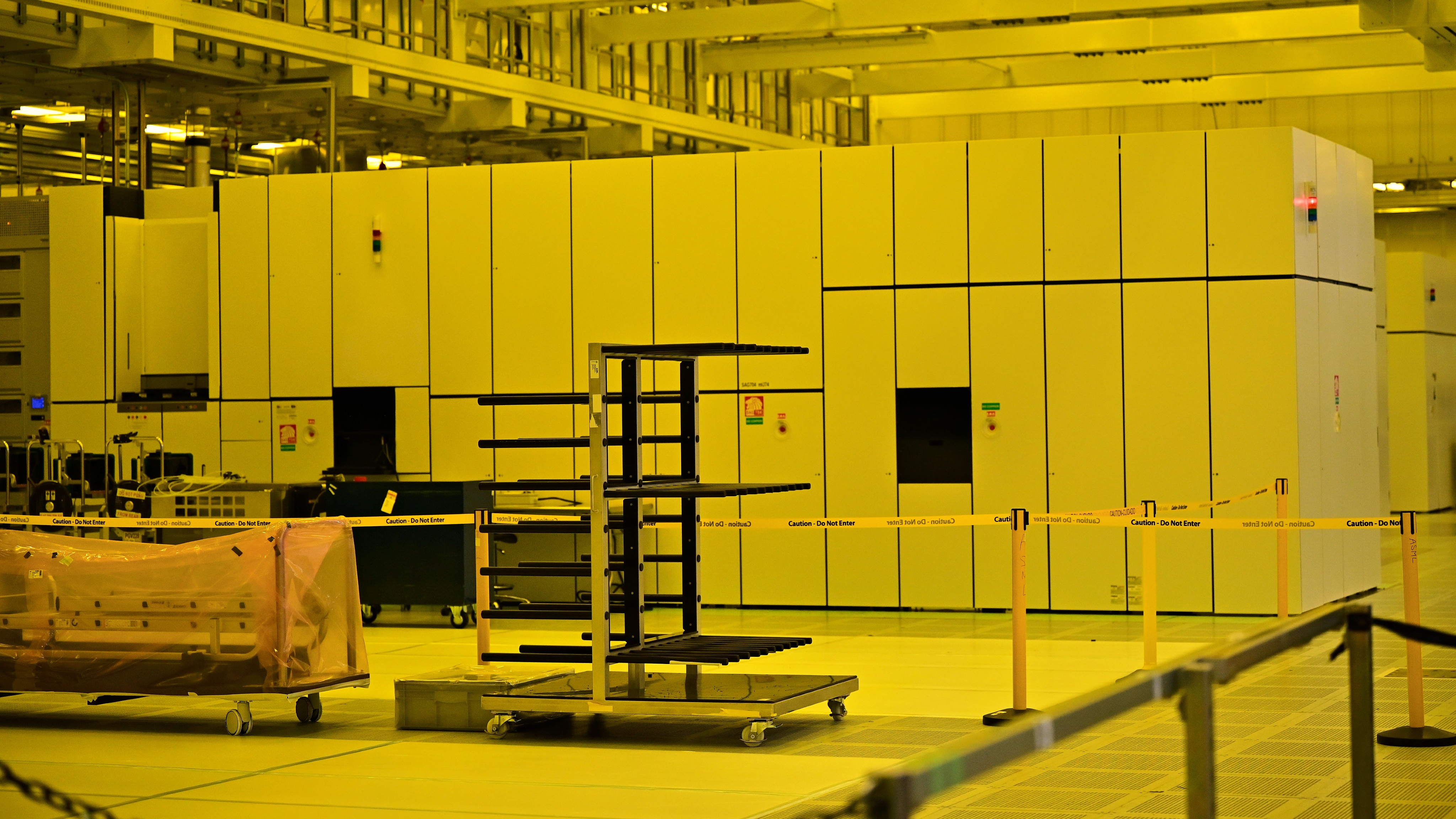
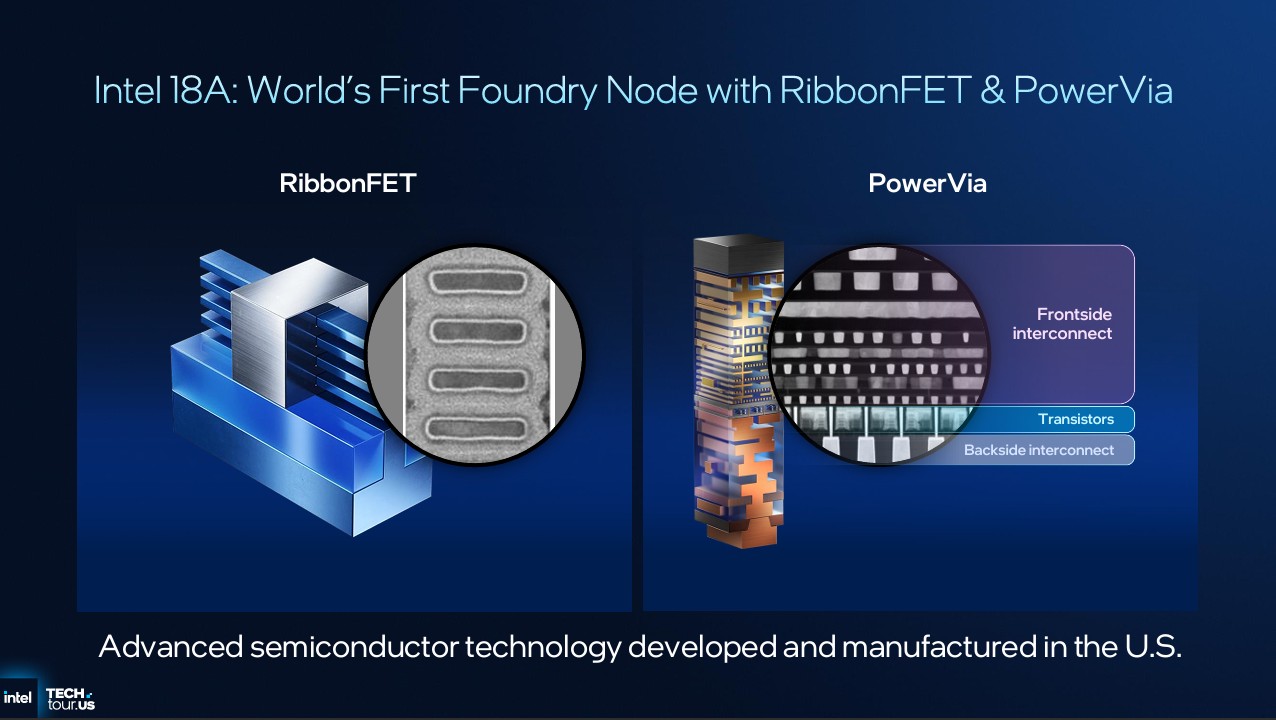
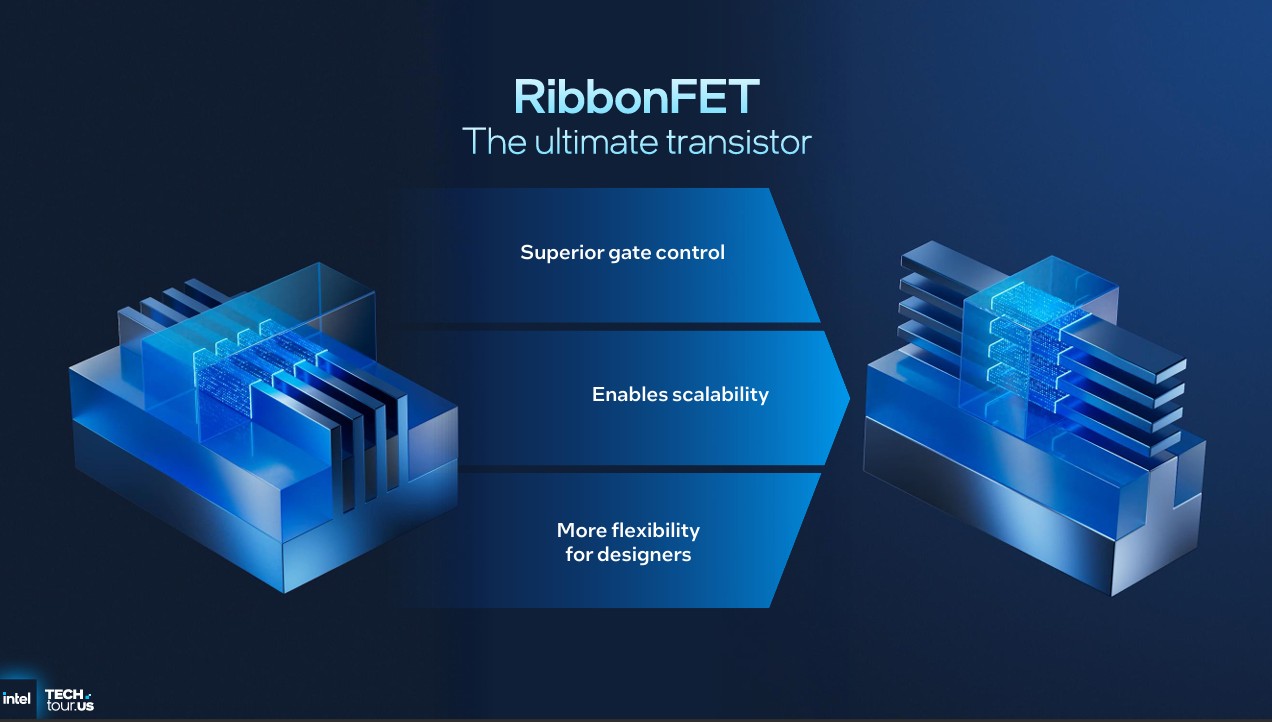
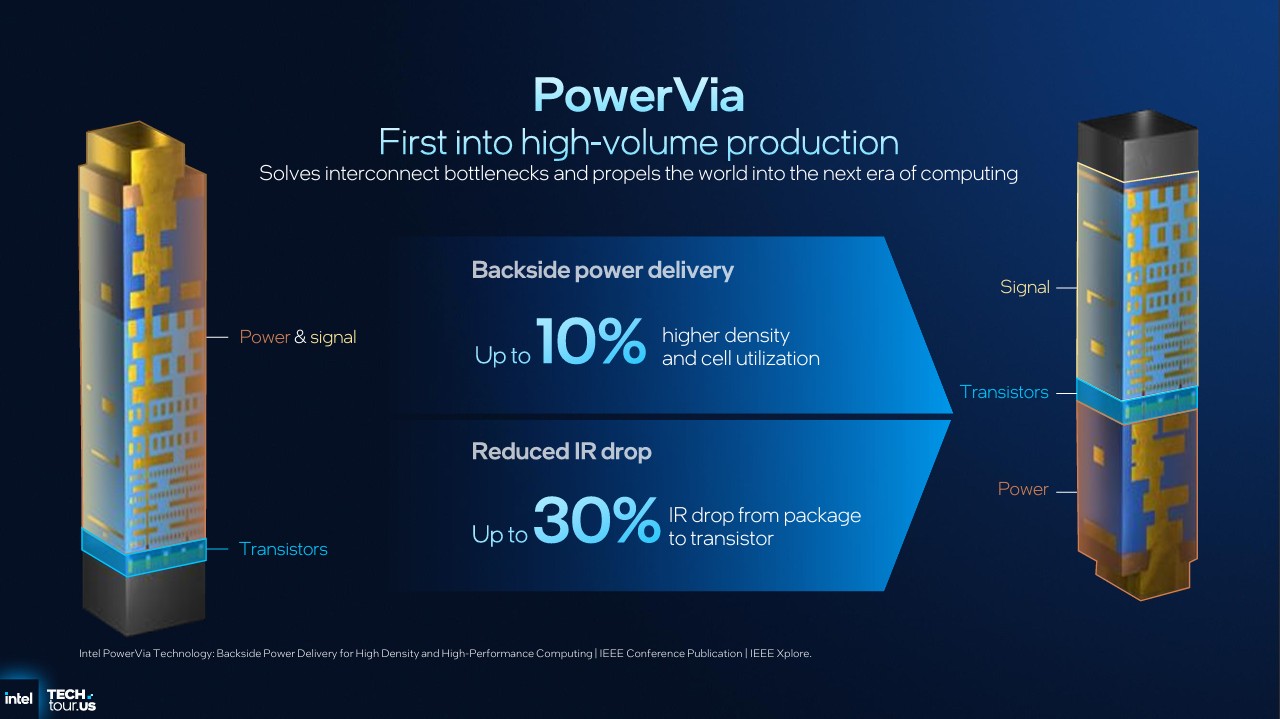
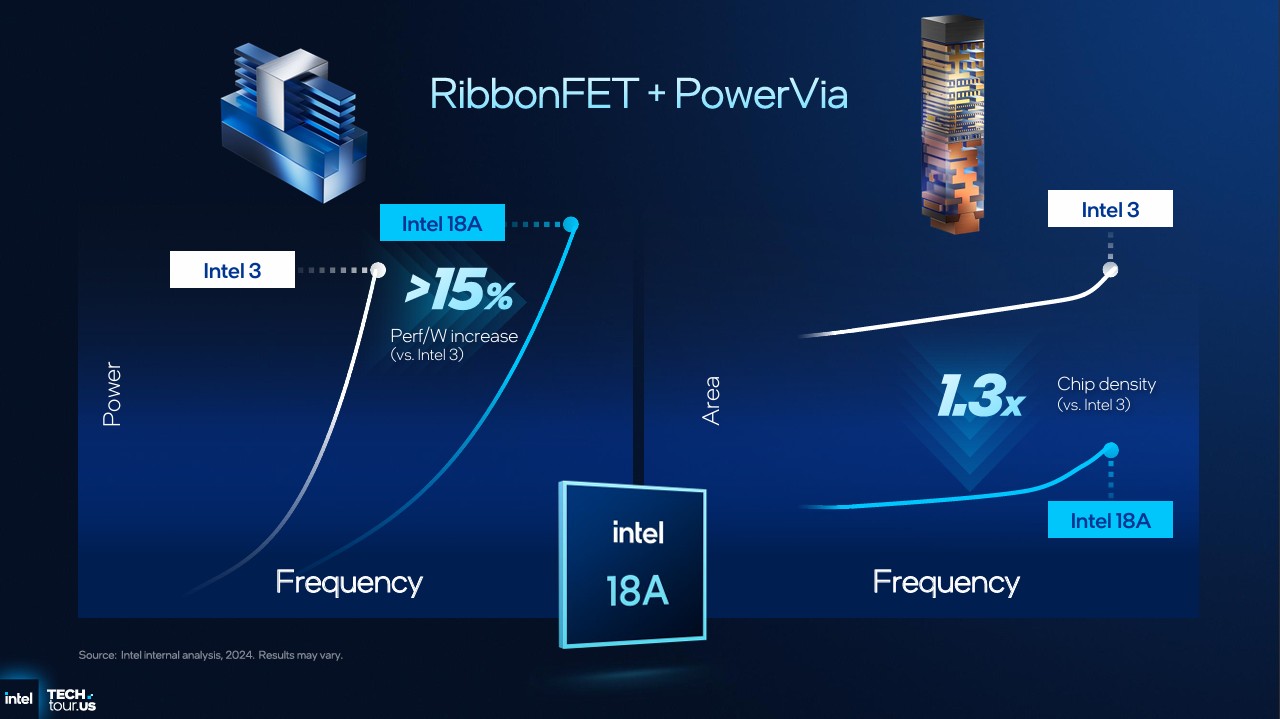
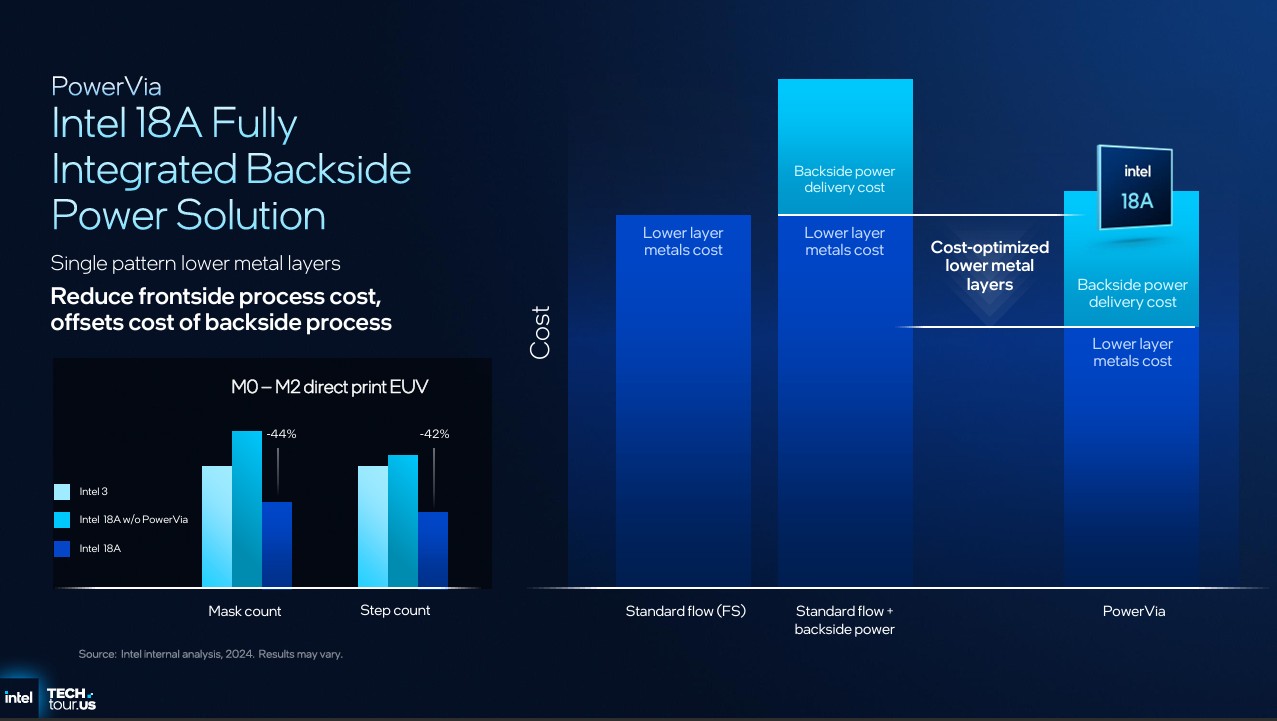
Intel 18A is the processing node on which Panther Lake is built. It's a 2nm-class node, which means individual transistors in a processor (of which there are billions) are approximately two nanometers large. 18A is Intel's most advanced processing node yet, and Intel actually claims it's the most advanced in the United States.
Apart from generally being more performant and efficient than Intel 3, the 3nm-class node that is 18A's precursor, Intel 18A also debuts two technologies that fundamentally change how Intel's processors are built. Those technologies are RibbonFET and PowerVia, and this is the first time we've seen both on one processing node.
RibbonFET refers to the design of the transistors themselves. It succeeds FinFET, the design debuted by Intel over a decade ago, which featured vertical "fins" and a gate (what controls the flow of energy through the transistor) placed on top — which allowed some energy to leak from the bottom of the transistor fins. RibbonFET uses flexible, scalable "ribbons" in a horizontal layout, with a gate that wraps all the way around. This leads to better performance-per-watt, more precise control, and practically no energy leakage.
All the latest news, reviews, and guides for Windows and Xbox diehards.
PowerVia is also a major upgrade, referring to how the signal and power routing for a processor's transistors are laid out. Traditional design places everything on the front of a die, but as transistors become more numerous and densely packed (and they do, it's one of the main ways to gauge how far semiconductor technology has progressed), data and power can become congested and performance can degrade. PowerVia separates signal and power, using the back of the processor die for the first time to channel power into the transistors.
To make these advancements possible, Intel had to optimize its entire end-to-end process with RibbonFET and especially PowerVia in mind, and the result is Intel 18A. This processing node is hitting full production with Panther Lake at Intel Foundry, and most notably Fab 52 at Intel's Ocotillo campus in Chandler, AZ.
What's new and upgraded with Intel Panther Lake?
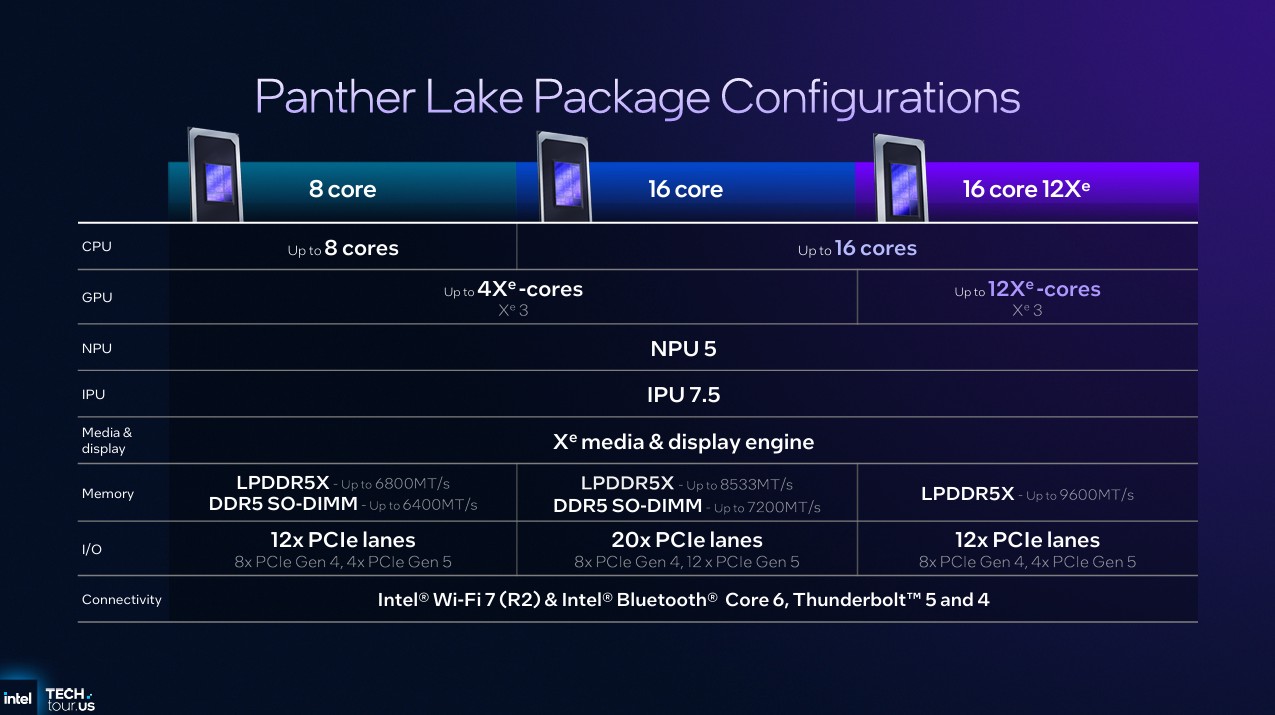
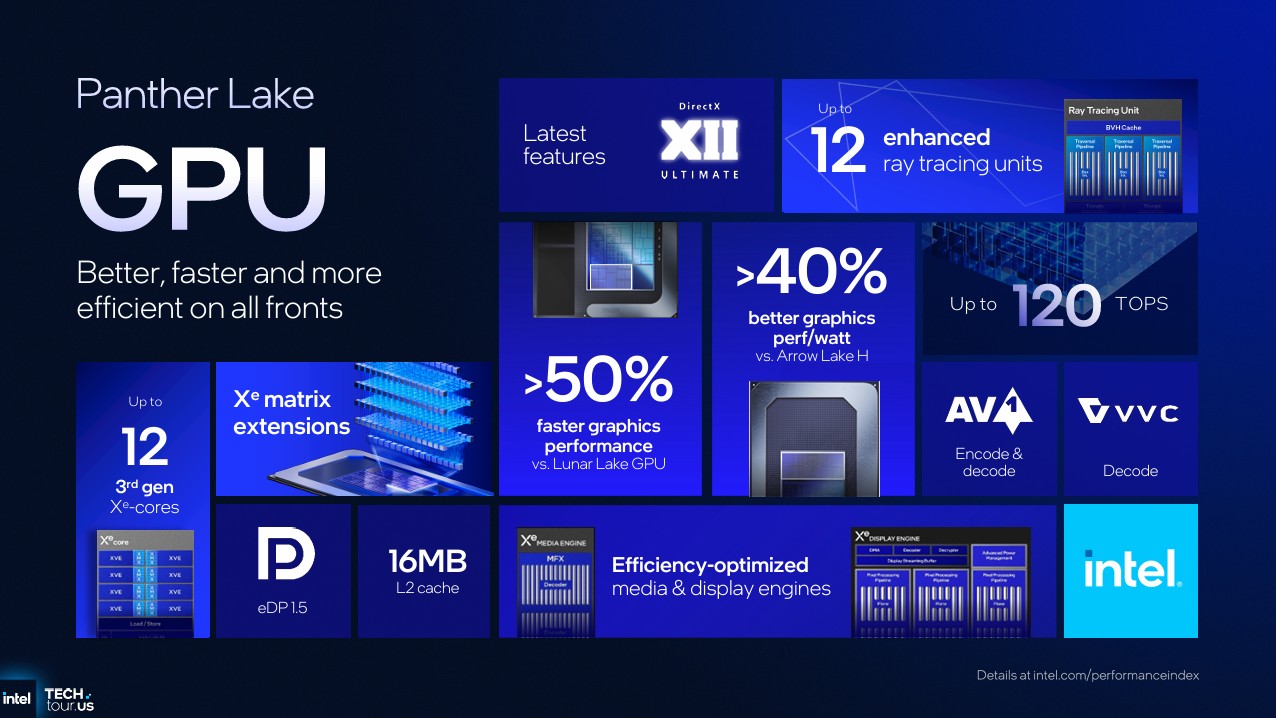
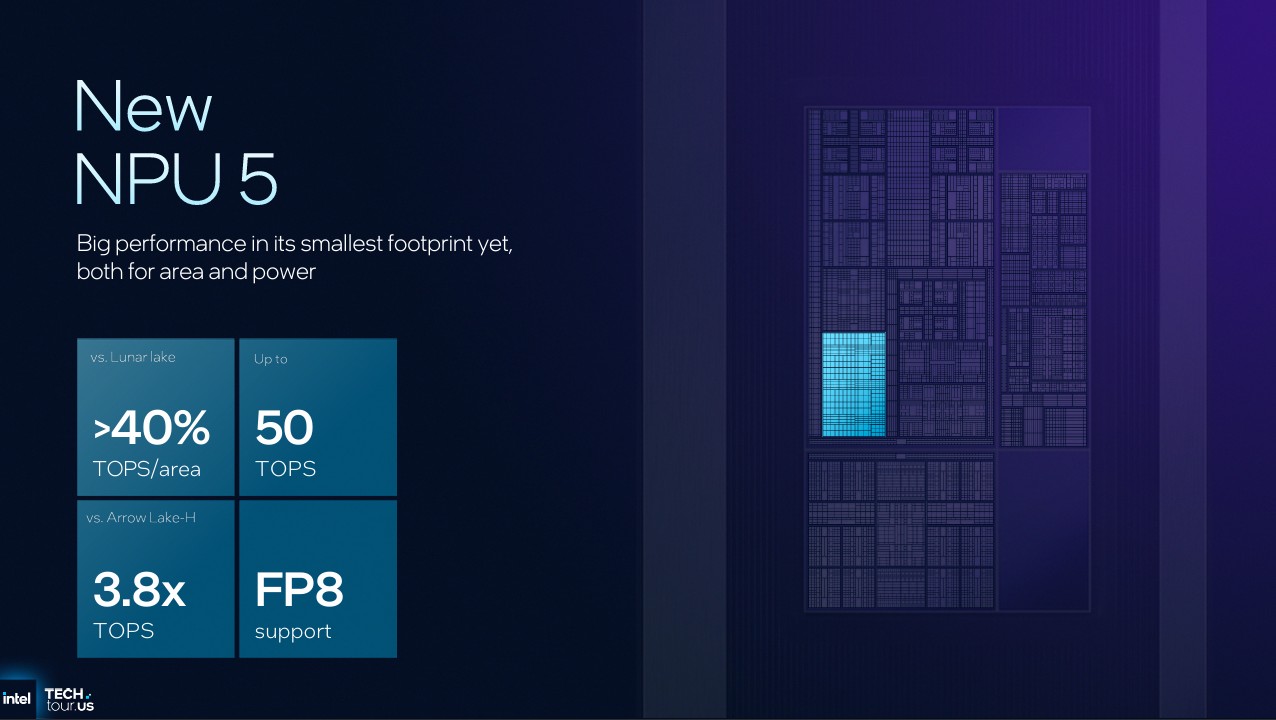
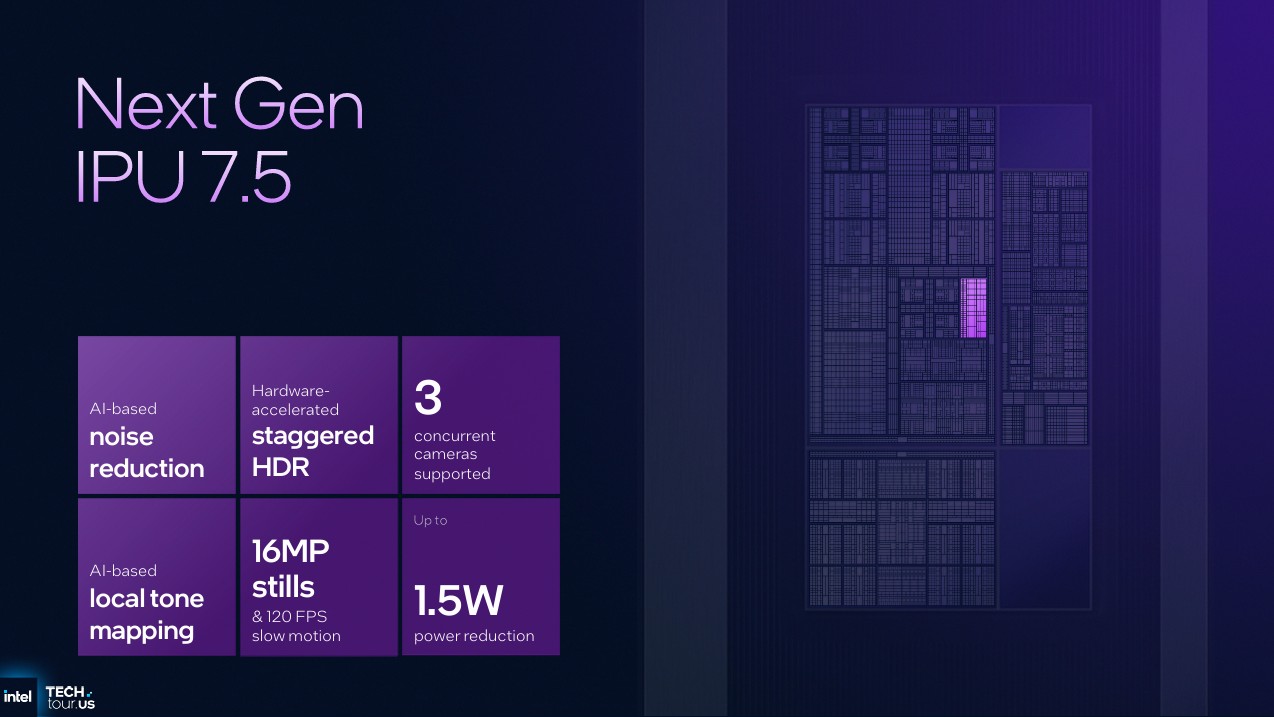
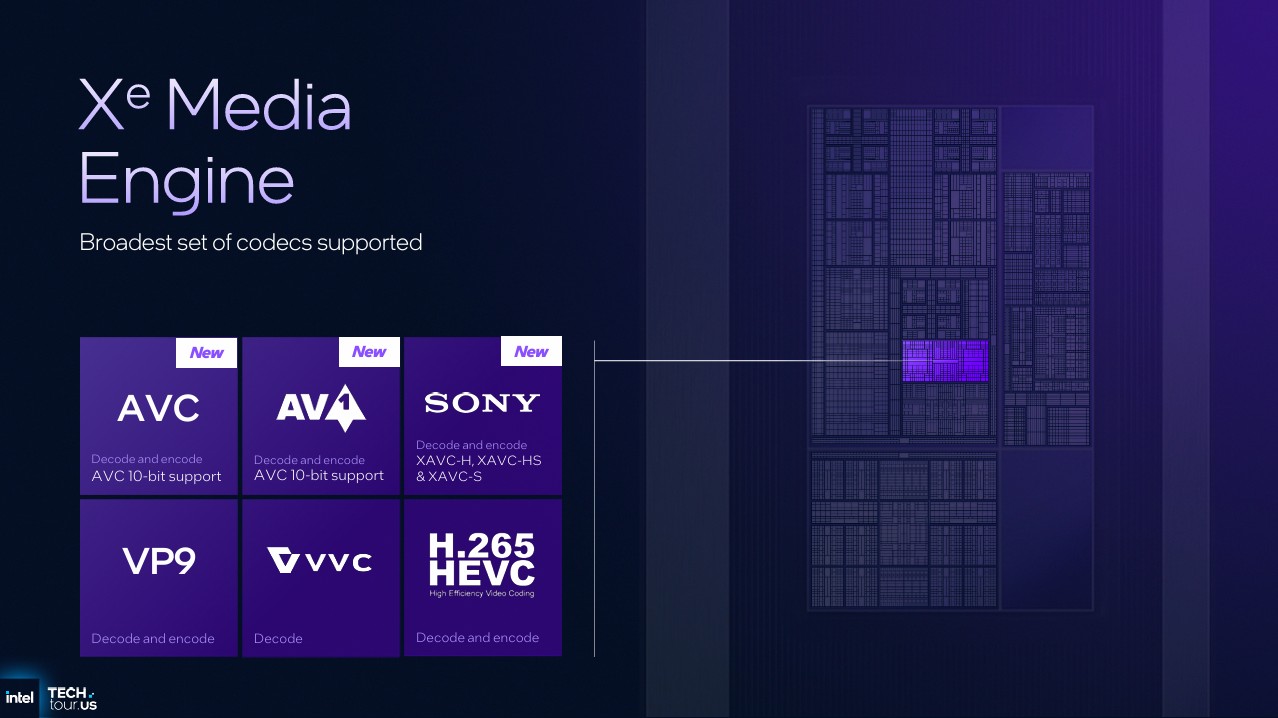
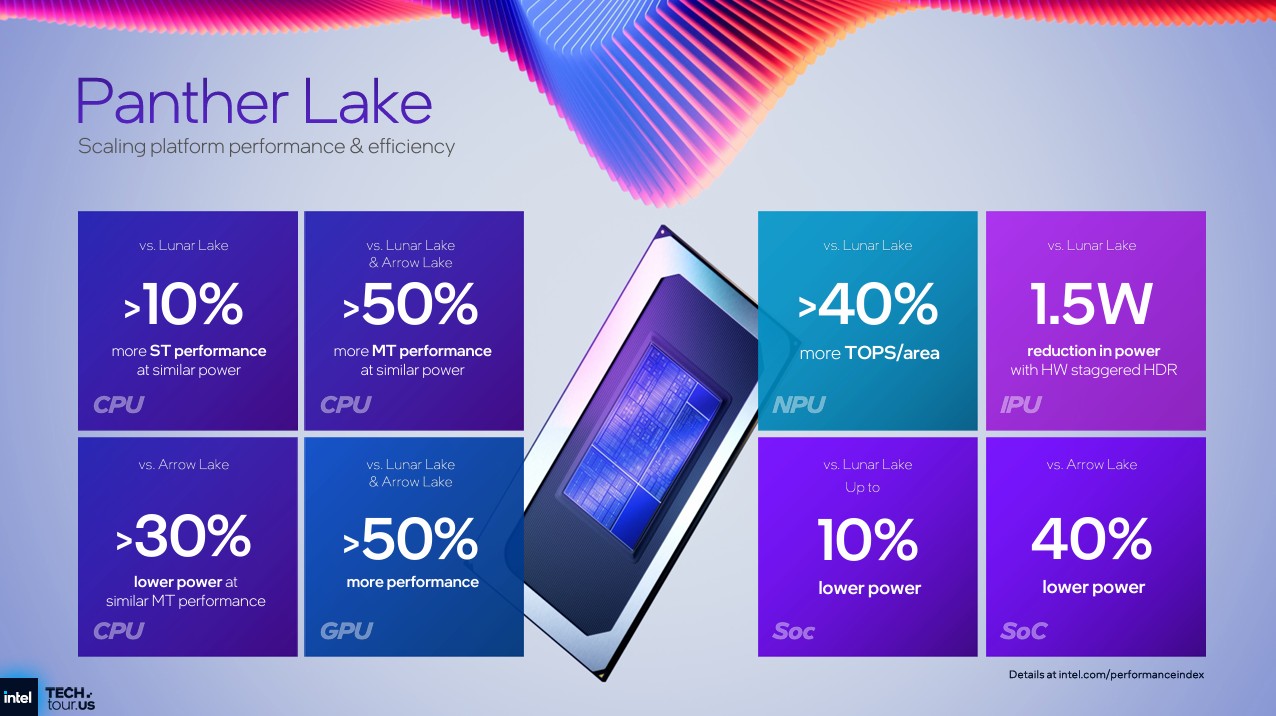
New processors often reuse components and parts from previous generations, even if announcements would love for you to focus only on what has been upgraded. Intel Panther Lake's upgrades are quite comprehensive, however, delivering sizable improvements on almost every single front.
Here's a rundown of what Panther Lake brings over past Intel chipsets.
- Platform Advancements. Firstly, Panther Lake continues Intel's focus on "disaggregation," which basically means making its processors more modular and scalable. Rather than a System-on-Chip (SoC), Intel refers to Panther Lake as a System-of-Chips, as it's actually a series of stacked chiplets that share the same die. For example, the GPU tile is now separate from the rest of the die, so Intel has more control over configurations. Intel also focused a lot on various microarchitecture and platform improvements, including to thread direction, scheduling, and more, all of which improve performance, efficiency, and consistency.
- Central Processing Unit. The core of Panther Lake, the CPU is built on Intel 18A and debuts two new core architectures: Cougar Cove performance cores and Darkmont efficiency cores. Intel made a ton of upgrades to both types of cores, and these cores also benefit massively from the aforementioned platform improvements and the yet-to-be-mentioned memory improvements.
- Graphics Processing Unit. Intel Panther Lake chips will be paired with Intel Arc B-Series integrated graphics cards, which also debut Intel's new Xe3 cores. More powerful, more efficient, and more stable, Xe3 cores are optimized for both gaming and artificial intelligence workloads with upgraded ray tracing units and AI engines. Panther Lake can boast up to 12 Xe3 cores, too, and will support new XeSS 3 features like Multi-Frame Generation. The GPU is why I'm excited to see what Panther Lake looks like inside of a PC gaming handheld.
- Neural Processing Unit. Panther Lake also debuts Intel's new NPU 5, which delivers up to 50 TOPS of computational power for efficient, local AI tasks. Intel condensed and optimized with this NPU, delivering 40% more performance per area, with greater efficiency, upgraded bandwidth, and native support for features like FP8 datatypes.
- Memory & Bandwidth. Intel Panther Lake benefits from a suite of improvements for memory and bandwidth, including support for faster LPDDR5x and DDR5 SO-DIMM RAM, larger caches across the chipset, and optimized cache layouts for transmitting information between cores. All of these improvements will help with performance and reliability, but will be especially noticeable for intensive AI workloads. It's also worth mentioning that Panther Lake brings native support for LPCAMM modules, so we can see premium devices with upgradeable LPDDR5x memory — without compromising on transfer speeds.
- Image Signal Processor. Alongside everything else, Panther Lake features Intel's IPU 7.5, which Intel claims is a sizable upgrade over the ISP featured in Intel's 2024 chips. The IPU 7.5 handles signals from connected cameras, and includes enhanced, hardware-accelerated High Dynamic Range (HDR), support for up to three concurrent cameras and 120 frames-per-second (FPS) slow motion, and AI-powered noise reduction and local tone mapping. The IPU 7.5 also enjoys a 1.5W reduction in power draw, which should increase battery life during video calls and content creation.
- Media & Display Engine. With Panther Lake, Intel is upgrading its Xe Media & Display Engine, too, notably with a much wider support for audio and video codecs (and Intel chips already enjoyed very healthy support). Panther Lake supports AVC 10-bit, AV1 10-bit, and Sony's XAVC codecs for decoding and encoding now.
- Connectivity & Input/Output. Finally, Intel Panther Lake supports Wi-Fi 7 (R2) and Bluetooth Core 6.0 across the board, the absolute latest in wireless connectivity. Intel pretty confidently stated its wireless connectivity is best-in-class for feature support, performance, stability and reliability, and security. Just to rattle off a handful of those features, Panther Lake has 6GHz and 320MHz band Wi-Fi support, multi-link reconfiguration, single-link eMLSR, P2P channel coordination, Bluetooth Auracast support, Bluetooth channel sounding and more precise distance awareness, and more. For input/output, Panther Lake supports up to four integrated Thunderbolt 4 ports natively, and companies still have the option to add Thunderbolt 5 support themselves.
Intel has made some bold claims about Panther Lake's year-over-year improvements compared to Lunar Lake and Arrow Lake, but those claims are backed by an ambitiously long list of major upgrades and advancements.
Those claims include more than 10% better single-thread performance compared to Lunar Lake and more than 50% better multi-thread performance compared to Arrow Lake, more than 30% lower power draw with similar performance, and up to 40% less power consumption than Arrow Lake. On the GPU side, Intel promises more than 50% better performance compared to Lunar Lake and more than 40% better performance-per-watt than Arrow Lake.
We'll have to wait until we can actually get our hands on laptops with Intel Core Ultra (Series 3) inside before we'll know for certain, but I'm feeling very good about Intel's latest and how it'll compare to Qualcomm's recently announced Snapdragon X2 series.

Zachary Boddy (They / Them) is a Staff Writer for Windows Central, primarily focused on covering the latest news in tech and gaming, the best Xbox and PC games, and the most interesting Windows and Xbox hardware. They have been gaming and writing for most of their life starting with the original Xbox, and started out as a freelancer for Windows Central and its sister sites in 2019. Now a full-fledged Staff Writer, Zachary has expanded from only writing about all things Minecraft to covering practically everything on which Windows Central is an expert, especially when it comes to Microsoft.
- Ben WilsonSenior Editor
You must confirm your public display name before commenting
Please logout and then login again, you will then be prompted to enter your display name.
